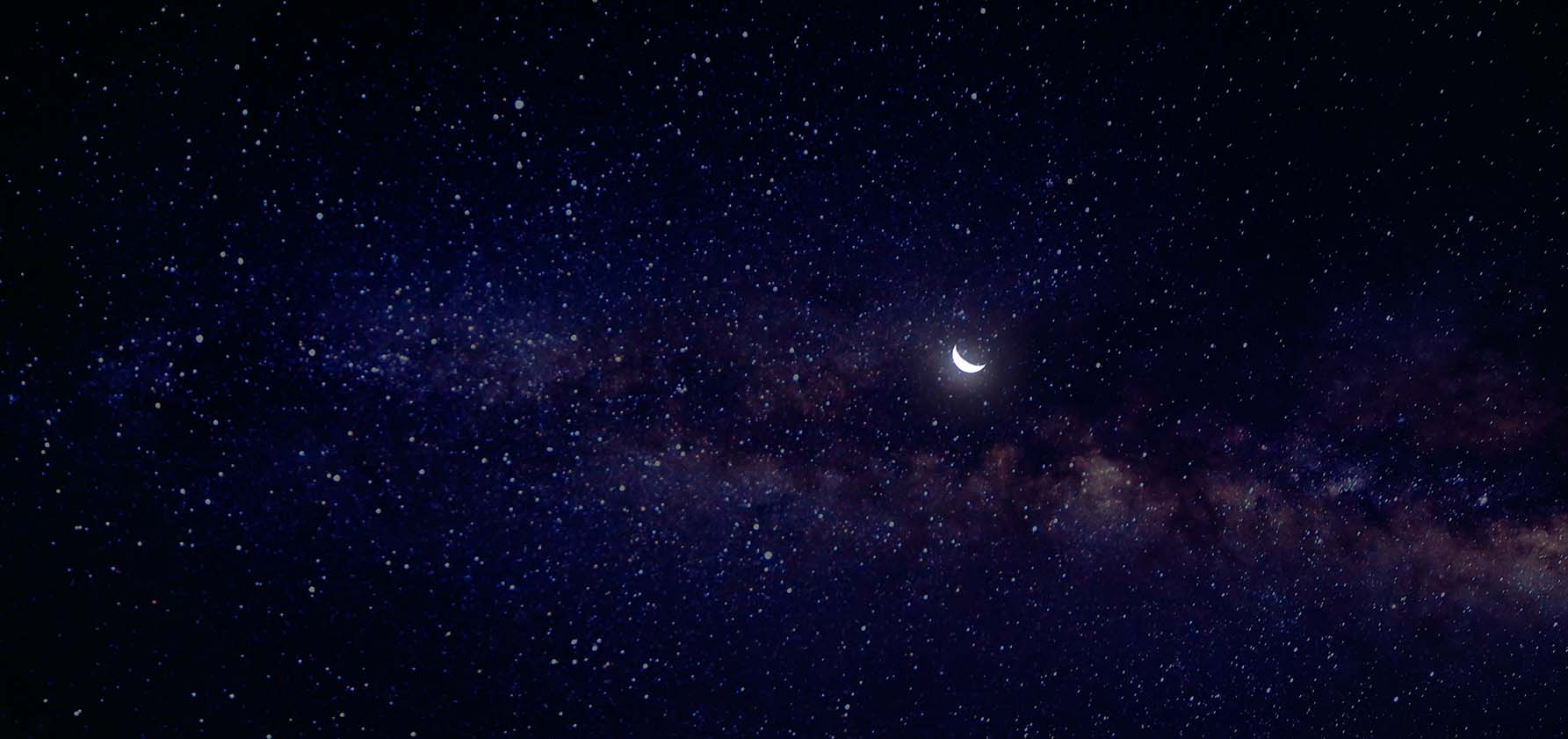
One would not think that astronomy has anything to do with witches, ghouls, ghosts, and things that go bump in the night, but the celebration of Halloween has its timing deeply embedded in the heavens.
We commemorate the days of the high and low sun in the summer and winter solstices and the times of equal day and night with the vernal and autumnal equinoxes. We also acknowledge the midpoints between the seasons too. Groundhog Day on February 2; May Day on May 1; Lammas on August 1; and Halloween on October 31, reflect these important cross-quarter events.
By far, Halloween has gained the most traction with respect to popularity during my lifetime. The average US consumer spent $92.12 on Halloween in 2020 (National Retail Federation).
If you think about it, the end of October is an excellent time to consider humanity’s celebration of vanquishing death for yet another year. The warmth and plentiful days of summer have passed beyond the harvest into the cooling conditions of autumn. As November dawns, the sun has traveled into its “winter home,” the days have shortened, and shadows have stretched across the browning landscape as nature retreats into hibernation. Our focus upon the encroaching darkness and the cold of yet another invading winter season overwhelms our psyches as the sun treks lower in our daily noontime sky, rising later each morning and setting earlier each evening.
Leave it to the pastoral Celts to have envisioned the harvest festival, Samhain (sa-win), meaning summer’s end, and the Gaels (also Celts) of present-day Ireland and southwestern Scotland to have added a touch of the macabre to this celebration. The sun’s retreat was accentuated more for these groups because Ireland and Scotland are located more than one dozen degrees north of the Lehigh Valley, lowering the sun by the same amount and increasing the time of darkness by about an hour (Dublin—56 minutes more on Halloween). When the Irish immigrated to the United States during the nineteenth century, they introduced Halloween to the Americans, and eventually, America to the world.
The ancient Gaels and Celts believed that the veil separating the worlds of the living and the dead thinned on All Hallows’ Eve permitting the creatures of the netherworld—the souls of the dead, ghosts, and demons to move freely about our world. Sacrifices of animals and plants were made to the deceased, and bonfires were lit to help guide these ghouls along their pathways and keep the departed separated from the living. Offerings of food and drink were left outdoors to appease and persuade these creatures from entering homes. Later, people dressed in costumes, performed tricks and antics on others to receive a treat, thus ushering in our more modern ritual of “trick or treat.” The response of the Catholic Church to these popular frolics was to usher in the more serious All Saints’ Day on November 1 and All Souls’ Day on the 2nd; but in the end, Christianity could not totally end the traditions of Halloween, the night of the living dead.
Happy All Hallows’ Eve to everybody! Ad Astra!